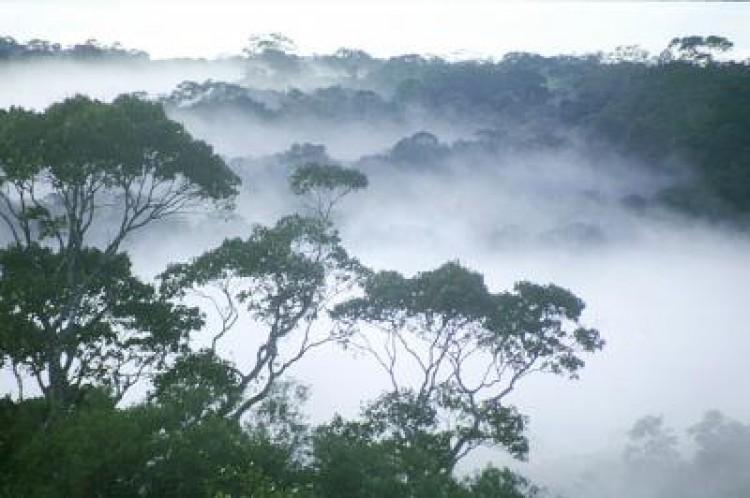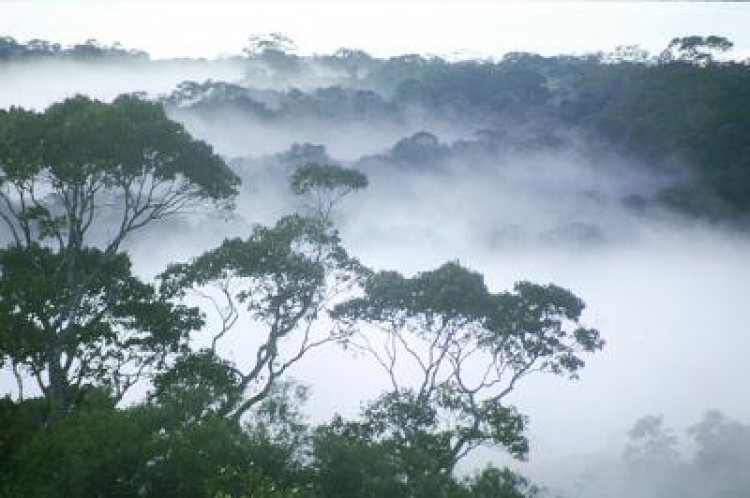Old-Growth Rainforests Vital to Conserve Tropical Biodiversity
A re-modeled home might not always be better than the original. For many of the world’s tropical fauna and flora, home re-landscaping has in fact proven to be quite deleterious.
|Updated:





